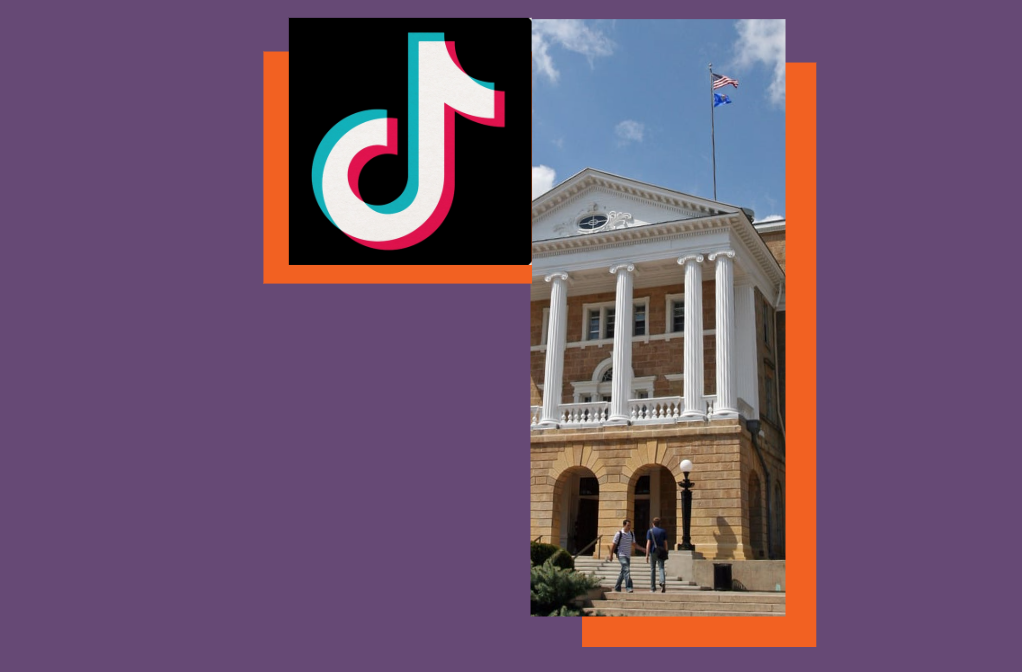After much anticipation, President Biden has signed a law potentially banning TikTok and giving parent company ByteDance 270 days to sell the app. Expected court challenges aside, the earliest the app would be removed from app stores and U.S. internet hosts would be in January 2025. This gives us plenty of time to start rethinking our social media strategy for both organic and paid content without TikTok, and although it will be an awkward rest of 2024 with the unknown hanging over us, we don’t need to panic or dramatically shift things yet.
Social media managers are no strangers to rapid changes and tumultuous times; do we need to remind you when Vine died overnight or Threads just popped up one day? Despite these disruptions, we remain a resilient group. Here are some tips for now and the future:
- If you are running advertising on TikTok, don’t pause them now but you’ll need to draft a budget that reallocates these funds and be ready to make the switch when and if the time comes. You don’t want someone in the budget office catching wind of TikTok’s impending shutdown and thinking that’s just money you won’t be spending. Generally, moving over to Meta may be a good idea (instant forms for lead generation are performing really well for institutions right now), while YouTube, Snapchat and Google Performance Max are other contenders if you already have video assets ready to go.
- As far as content goes, don’t let the potential TikTok interruption kill the momentum that you have created. TikTok has revolutionized social media and even if it goes away, we aren’t going back to the old social media landscape. Other social media platforms have all adapted to vertical video, viral sounds, text on screen, endless scrolling, the personalized algorithms, so the content you’ve been creating will perform very well on YouTube, Instagram and whatever platform comes next. The average TikTok user spends a whopping 23 hours a month on the platform; it’s safe to assume a portion of those hours would be spent on other platforms if TikTok is not operational.
- Think beyond social media for this content: What if you took the TikTok-style videos and embedded them on your institution’s Admissions website or packaged them into the emails you are sending to prospective students? If your key audiences can’t find you on TikTok, find other ways to get the assets in front of them.
- While many of us are frantic, there are institutions across the country that have already been living sans TikTok for more than a year thanks to statewide bans in a couple of dozen states. Check out the social media presence of those state-affiliated institutions — like William & Mary in Virginia — and see how they are getting the most out of the platforms available to them.
- It’s always our job as social media professionals to keep up with trends and emerging platforms, but that’s even more essential right now as there likely will be various contenders trying to launch alternate platforms to vie for the 170 million Americans who are on TikTok, especially the Gen Z audience who may not so quickly run to Instagram. The outcome may be a lot more smaller platforms for segmented audiences (like we need more platforms to monitor!). Example: Some audiences in the conservative movement have fled TikTok for a short-form video app called Clapper that they say is a refuge for freedom of expression after many have been banned on other platforms. While Gen Z may continue to embrace photo app VSCO even more if there was no TikTok.
As we navigate the evolving social media landscape, remember that adaptation and agility have always been our best tools. The potential TikTok ban is a challenge, yes, but it is also an opportunity to diversify our approaches and discover new ways to engage with our audiences. Whether it’s enhancing our presence on existing platforms or diving into new ones, our goal remains the same: to connect and communicate effectively with prospective students, current students and other audiences where they are.
More to consume:
TikTok’s official response comes from CEO Shou Zi Chew
RWJ’s Sarah Goldfarb featured in PR Daily about the ban
AP news: What a ban could mean for you
Want to chat further about TikTok or your higher ed social media strategy? Reach out to Sarah Goldfarb, Managing Director of Digital & Social, at sarah@rwjonesagency.com



